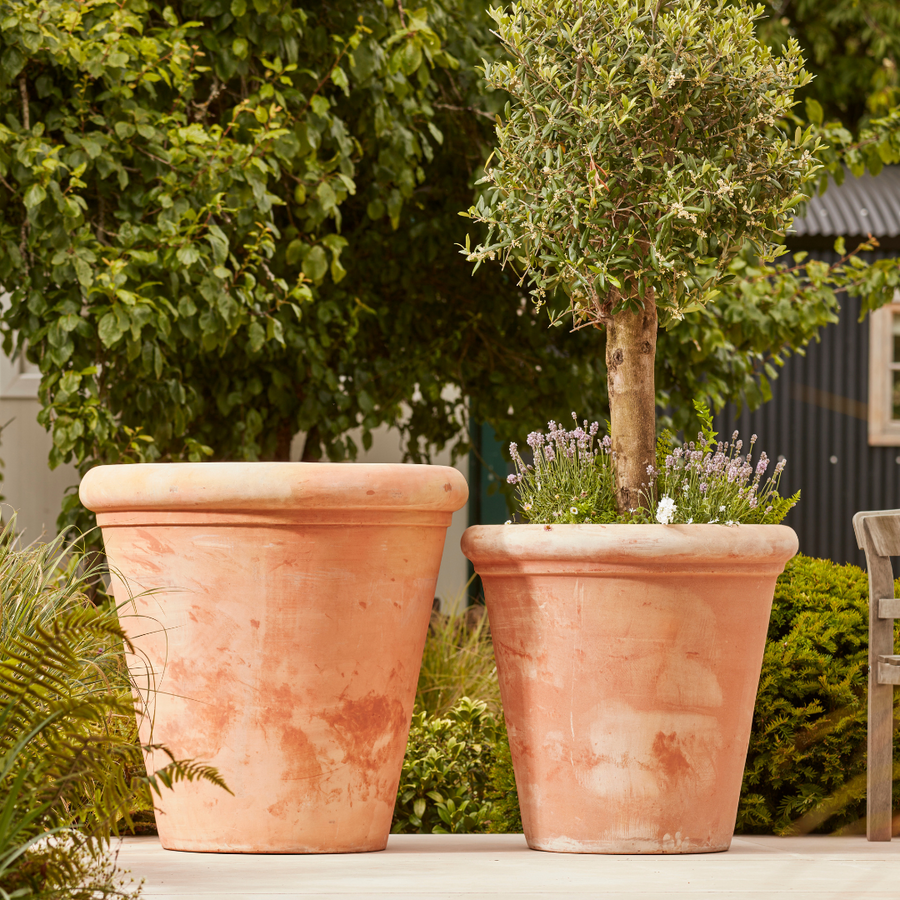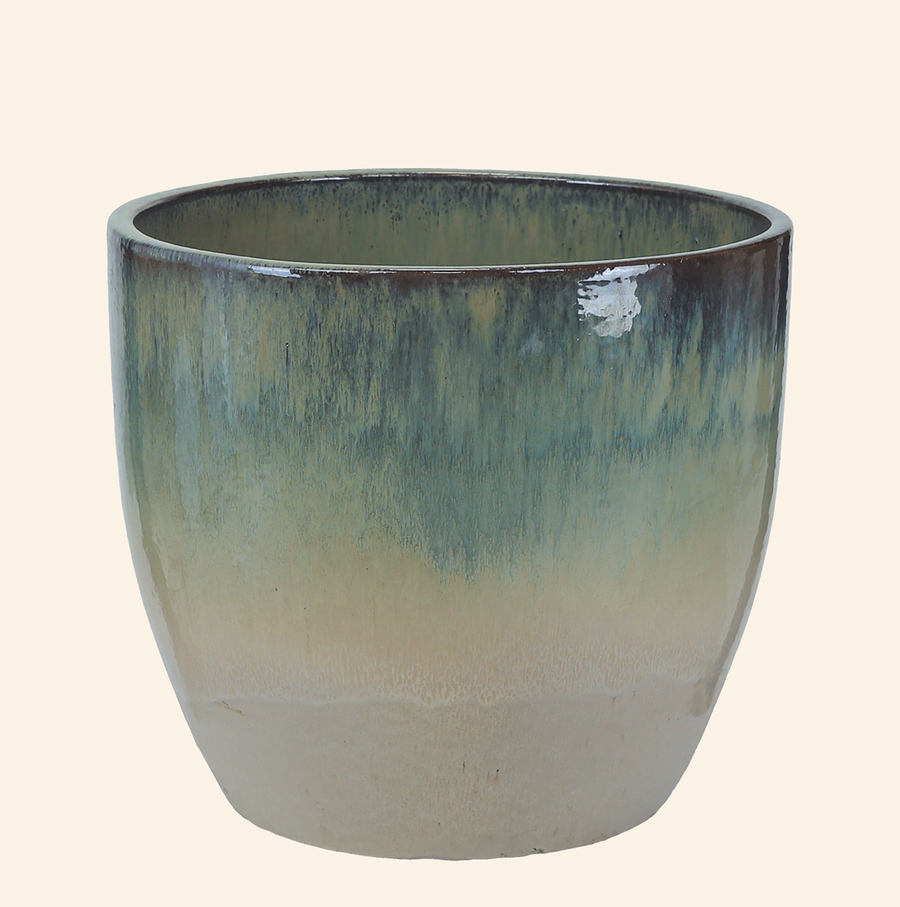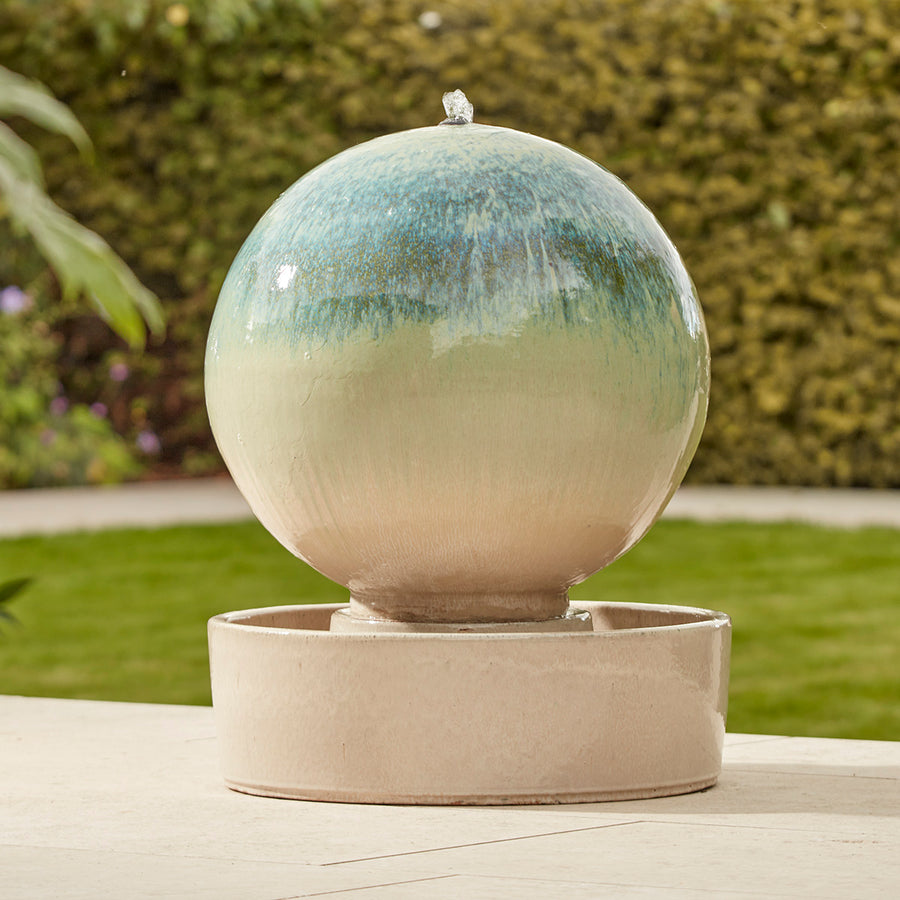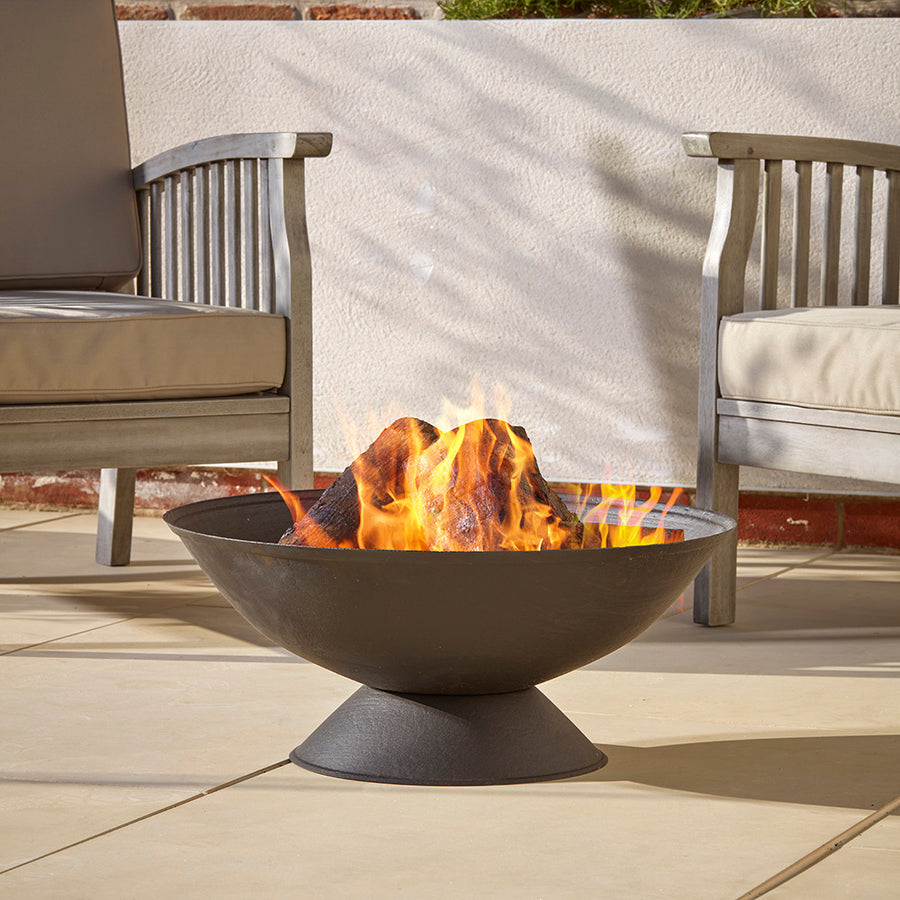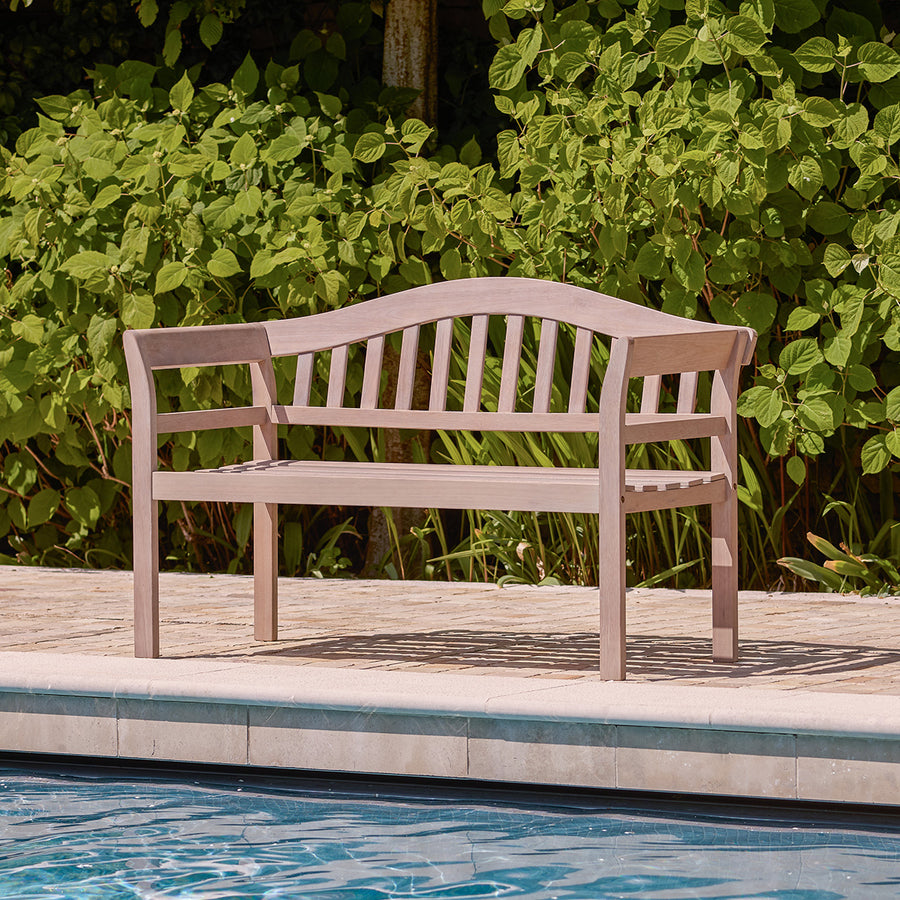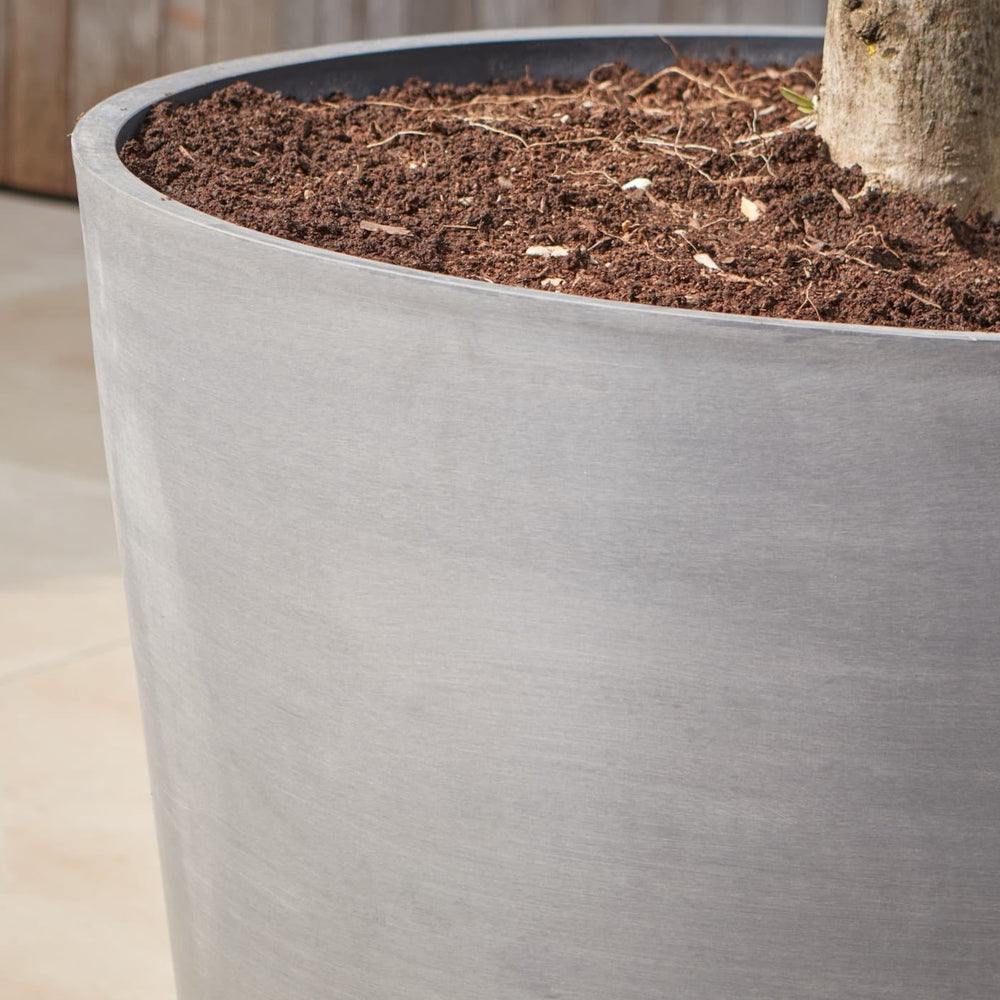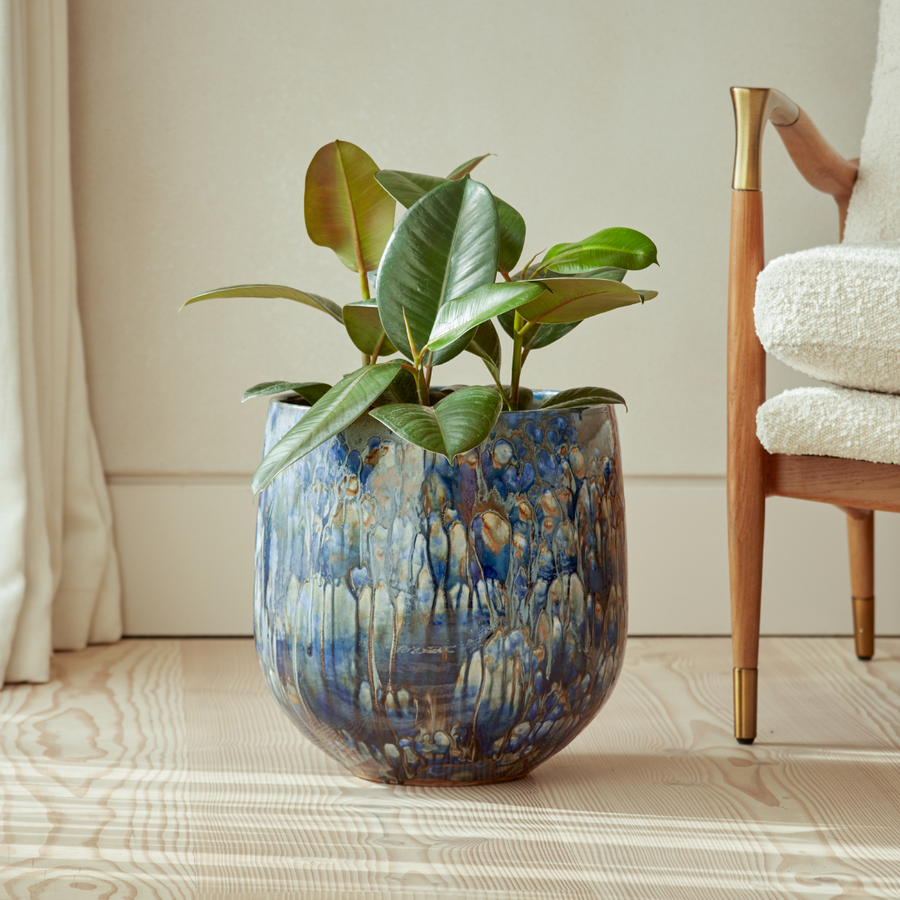Grow your own series – The wonders of medicinal plants
Time is a great healer – but so is your garden! In your flower beds, containers on your patio, there are plants that yield unexpected medicinal benefits. Using plants and herbs for healing has been a mainstay for centuries, however, now backed by science, people are realising the immense power of plants s and are regularly using them to treat various ailments.
Whether you are suffering from stress and anxiety or insomnia, plants help you soothe the natural way. We take a look at the Top 10 medicinal plants you can grow at home; all you need is a container!
Calendula
Calendula or marigolds are a staple in our summer gardens and are easily recognised by their vibrant shades and daisy like petals. Traditionally used in Chinese medicine, it is most commonly used as a skin treatment, treating minor wounds, insect bites and stings, eczema, itches, burns and haemorrhoids.
Chamomile
Not only is this sensational to look at in the garden, the chamomile flower has calming properties too and has been linked to curing anxiety. It has been proven to relieve a variety of ailments and soothes both indigestion and colic, whilst being rich in antioxidants. Chamomile is included in many topicals for irritated itching problems including eczema and dermatitis.

Echinacea
People have been using echinacea as medicine in the form of teas, juice, and extracts for centuries. The beautiful cone flower boosts the immune system leaving people less susceptible to colds and flu. It often used to help other infections including septicaemia and urinary tract infections. Echinacea also has anti-inflammation properties and has been used in mouth wash and used for cases of ligament, cartilage or joint injury and arthritis.

Evening primrose
This beautiful yellow flower produces oil that is believed to alleviate the symptoms of pre-menstrual symptoms and soothe skin conditions like eczema. It also has anti-inflammatory properties and can be used for conditions like arthritis. It is often used for skin, helping moisture loss, removing rough patches and promoting cell growth and is ideal for eczema and other dry skin complaints.
Lavender
Bees love the scent of lavender but it also has medicinal benefits for us too. For centuries, people have used lavender for its anti-inflammatory and antiseptic properties, whilst its fragrance has been harnessed to help with anxiety, migraine, insomnia and depression. It also may ease pain and when applied to cuts and bruises functions with its antiseptic qualities.
Lemon Balm
A member of the mint family, lemon balm is a versatile that can help to relieve stress, anxiety, insomnia, insect bites, flatulence, an upset stomach and even the healing of cold sores. It thrives in most places and is very easy to grow. One its most famous properties is as a mild sedative, calming the nervous system, simply add a few fresh leaves into your mug for a refreshing and soothing cup of tea.
Peppermint
A common herb that is very easy to grow in a container is mint. Headaches, nausea, diarrhoea and bloating are some of the many symptoms that mint alleviates. It has also been proven to help with digestion and ease chest and nasal congestion. The cooling effect it has on skin also helps with burns, bites, or other irritating rashes.
St John’s wort
St. John's wort is a hardy wildflower plant that is easy to grow requires little maintenance once established. Due to its chemical compounds, it is an effective treatment for depression, as well as anxiety, tiredness, insomnia and loss of appetite. Thanks to its anti-inflammatory properties, it is used to promote skin healing and treat cuts, ulcers, wounds and muscle pain. It can also be used in tea to treat bladder problems.

Turmeric
Turmeric roots are best started off indoors or under cover. It can be grown in containers which are best brought inside during the winter months. Not only is it a cooking spice, but a great treat for your health also. One of its key ingredients, curcumin, is a natural anti-inflammatory and helps with rheumatoid arthritis and inflammatory bowel disease, as well as supporting muscles and joints. It can also aid chest and abdominal pain and menstrual cramping.
As its anti-oxidative, it can also help with such conditions as cardiovascular disease, type 2 diabetes, ulcerative colitis, IBS, haemorrhoids and Alzheimer’s disease.
Viola
The viola is a highly popular bedding plant that is perfect for pots as well as beds and borders. Free-flowering, it produces masses of cheery blooms on neat and compact little plants. These flowers contain both vitamin A and C and have traditionally been used as soothing balm for skin conditions such as eczema and acne. They can also be used in tea to help with inflammation of the lungs and chest, loosen phlegm and combat coughs.
The ten plants listed here are generally easy to grow, healing, and also beautiful to look at! With our help, we hope you can simply and easily plan a medicinal garden for all your plant-based wellness needs.




